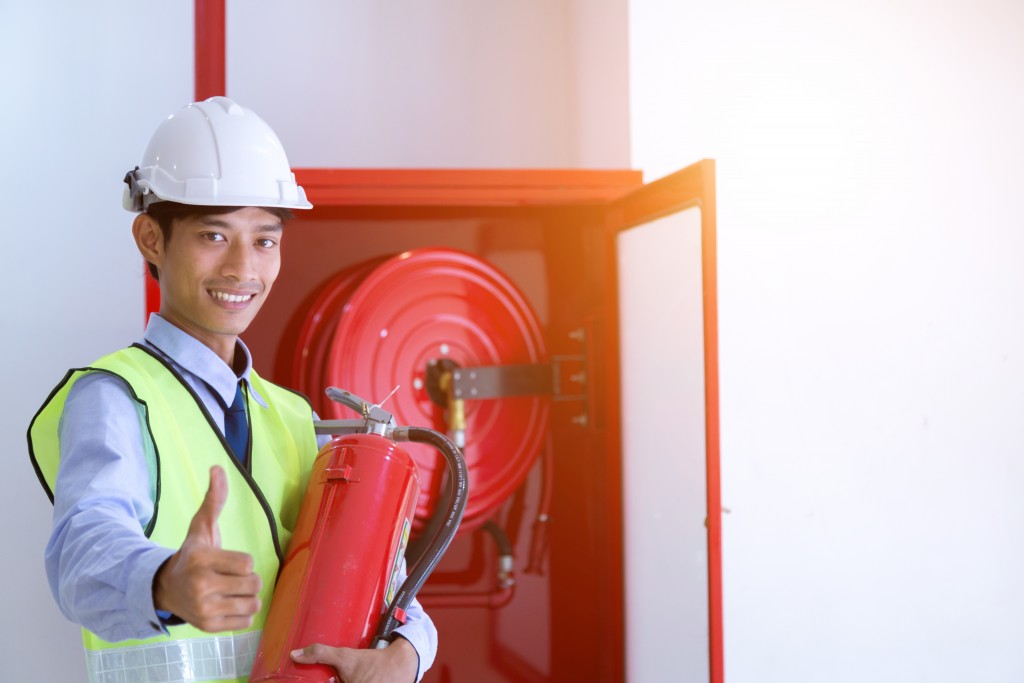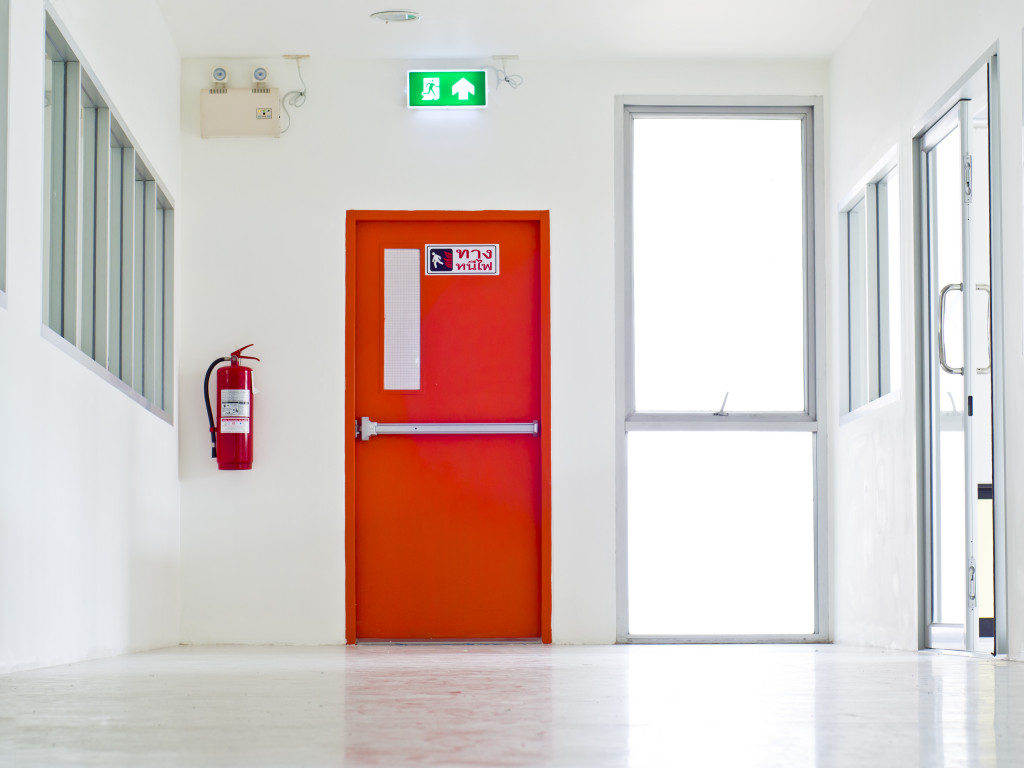Learning More about Fire Safety from the Great Fire of London

The UK children in the primary school may find themselves singing about “London’s burning.” Many of them may believe it’s similar to Jack and Jill—songs and rhymes about something that didn’t happen.
But the Great Fire of London did, and it may help illustrate the need for businesses to pay attention to their protocols at all times, including putting up fire safety signs exclusive for the UK.
What Happened?
It’s time to go back to September 1, 1666. King Charles II’s baker, Thomas Farrinor, was done for the day. He settled himself for a quiet sleep, forgetting one crucial step. He forgot to turn off the oven properly. Soon enough, it created sparks and embers, and these landed on firewood near it.
By the time he and his family members woke up, smoke was already everywhere in his home. They managed to escape unscathed through the windows but not the assistant, who became the first casualty of this tragedy.
During this time, fires were frequent in London, but they usually didn’t last long. People thought this one would follow the same pattern—it will die by itself. The problem is it didn’t.
Two factors further fuelled it: weather and home designs. It happened during the height of summer, where the scorching heat left many homes made of wood dry. Worse, the wind fanned the flames to more dwellings.
Now the king and the people were alarmed as the fire raged on for days. They tried dousing water, but it was to no avail. It could have continued ravaging the city if it weren’t for the missing bridge. It died, when it had nowhere else to go, on the fifth day.
By then, it burned but one-fifth of the bustling city. Miraculously, only six people died, but it left thousands homeless and penniless.
The Lessons Companies Can Learn
To be fair, the UK has come a long way since the Great Fire. There’s nothing that massive happened ever since. It doesn’t mean, though, that companies can be complacent.
Every event, no matter how tragic, can carry practical lessons they can adopt in their businesses:
1. Create Safety Protocols and Conduct Refresher Courses
Not much was known about the baker, but one thing can be clear: he’s not inexperienced. He knew the steps, but then he still forgot the one step that started it all. While the law now strongly encourages businesses to create and follow safety protocols, they should also continue to train their employees. In fact, they may need refresher training. Sometimes when something becomes familiar, people can deviate from procedures.
2. Provide Exits

In many situations, the only factor that separates life and death during a fire is the presence of a clear, barrier-free exit. If safety protocols were available during this period, perhaps the assistant would have lived.
Establishments may need at least two types of doors: fire exit and a fire door. Both have different functions, but they have to be clear of any barrier. A fire exit is where people go out while a fire door can help them buy time by containing the flames.
These doors, and the path leading to them, must have proper signs. The symbols are understandable, and they must stand out. The latter explains why fire safety signs in the UK usually have bold-coloured backgrounds.
Fires are events that may or may not be preventable. What companies can control is how they react to them. Preparation, planning, and training can be some of the practical steps they can take.




